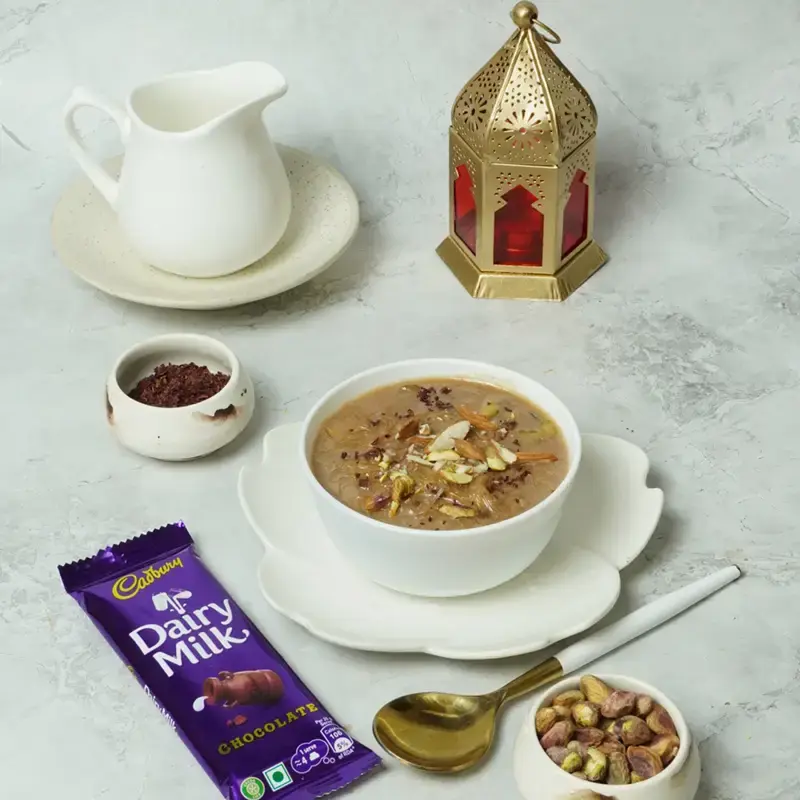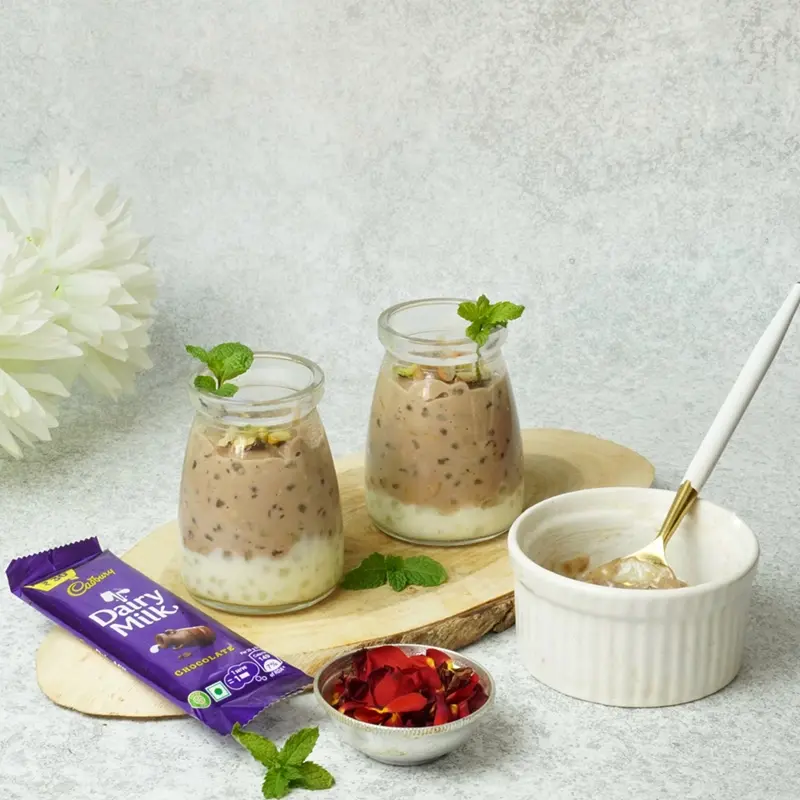- Home
- Articles
- This Delicious Ottoman-Era Dessert Has Been Uniting Greek and Turkish Palates for Centuries
Revani came from the Ottoman Empire, and was refined and honed later by both the Greeks and the Turks into two versions, both of which are equally delicious. Whichever version you choose to have, know that you’d be tasting a piece of royalty.
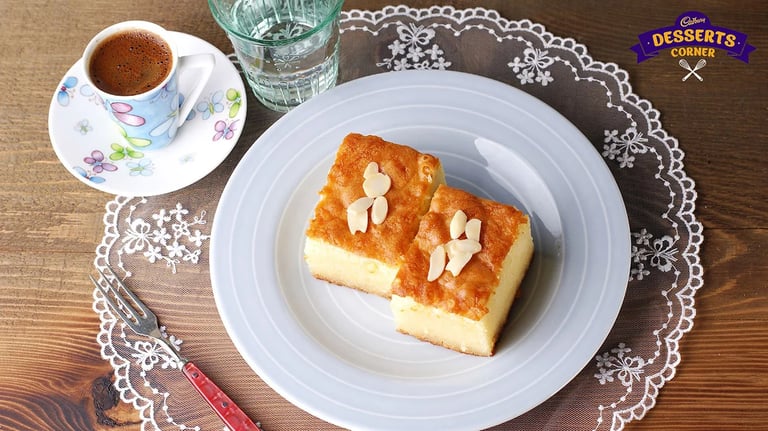
Revani came from the Ottoman Empire, and was refined and honed later by both the Greeks and the Turks into two versions, both of which are equally delicious. Whichever version you choose to have, know that you’d be tasting a piece of royalty.
The Ottoman Empire’s influence has settled like golden fairy dust on much of the Middle East diffusing to Europe, Asia, and the rest of the world and a part of their dessert world, years after their fall. Revani is one such dessert, made from semolina, that was the creation of the Ottomans, which settled cozily in Greece. Revani or ravani is baked in a pan, and did you know it was named after a 16th-century Turkish poet who made rhymes for food?
But what exactly is the Revani that made a Turkish poet pay multiple odes to the dessert? Revani, a semolina-based dessert, has deep roots in the rich culinary heritage shared by Greece and Turkey. Light and fluffy semolina is blended with soft flour and heaps of sugar, then flavored with fresh lemon zest, vanilla, or aromatic rose water. The cake is baked to a golden brown and then submerged in a glistening syrup bath, allowing each bite to absorb the sweetness of the chashni. Now that you know what Revani is, let’s dive into its history.
The Origin Revani
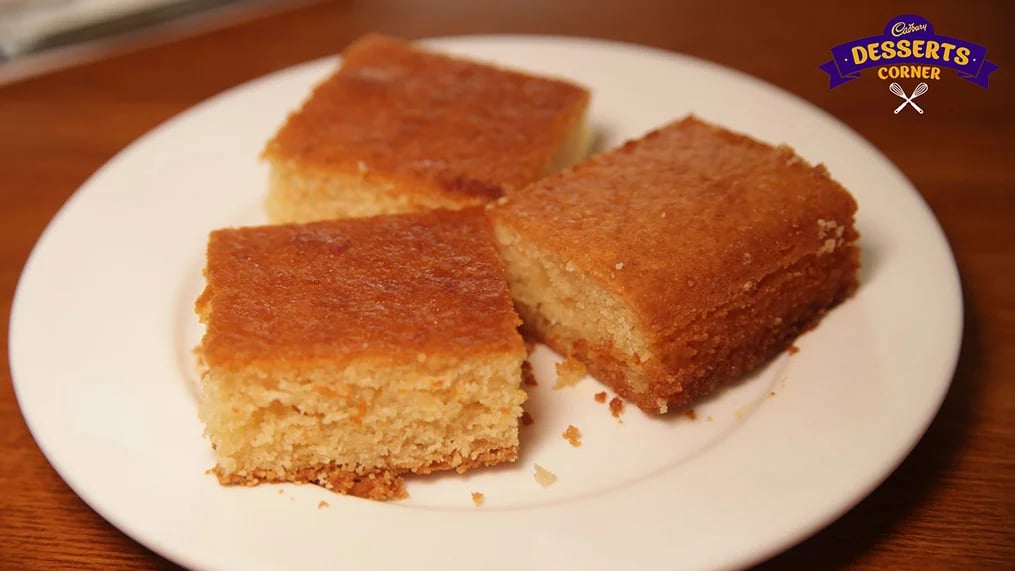
Food historians believe Revani originated in Ottoman kitchens, where poets like the 16th century writer Revani would praise its syrupy sweetness in verse. Over the centuries, the recipe spread throughout lands under Ottoman rule
In Greece, the city of Veria stands out as a center of Revani production today. In the late 1800s, a man called Hochliouros began popularizing his version there. His small dairy shop was a hub of the community. Locals would gather to socialize over cups of yogurt and sample Hochliouros' latest cakes soaked in bubbling vats of saffron-infused syrup.
Word of the light-as-air semolina treats and their intoxicating flavor spread far and wide. Before long, "Revani" became nearly synonymous with Veria itself. Hochliouros' secret recipe and techniques were jealously guarded through generations.
Even now, skilled confectioners in Veria take great pride in faithfully carrying on traditions established over a century ago. The finest local semolina and prized sheep's yogurt are still used. Each batch is lovingly prepared according to time-honored methods before being decorated.
Revani remains a treasured symbol of cultural connections, reminding us how foods can unite peoples across empires, languages, and faiths over centuries. Its history provides a sweet glimpse into shared heritages along the Silk Road.
How is Revani Made?
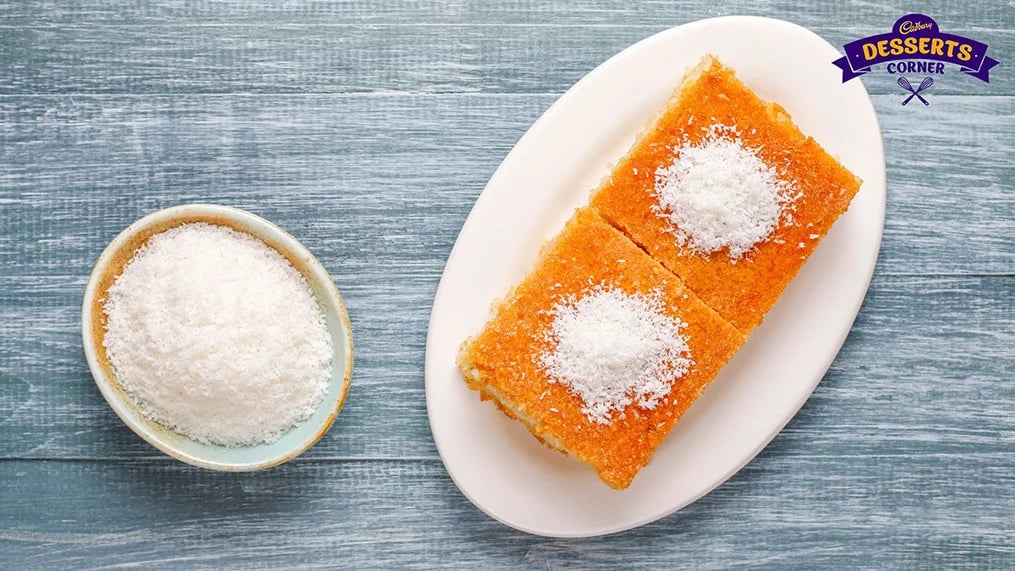
The primary ingredient in Revani is semolina or farina. Twice as much flour as semolina is used to create the dough. Sugar, butter or virgin olive oil, vanilla extract, and even vegetable oil are used to make the more liquid cake batter. The batter is poured into a cake tin and baked, and post baking and before the cake entirely cools down, the flavored sugar syrup is poured over it drenching it in the syrupy goodness. Bakers say it is important to add the syrup slowly, one teaspoon at a time, to achieve the traditional consistency without making the cake soggy. Some variations skip the sugar in the batter and instead add fresh fruits to reduce sweetness and add flavor. Proper cooling of the cake and gradual addition of the syrup are key steps in the traditional preparation of Revani.
Greek Ravani vs Turkish Revani
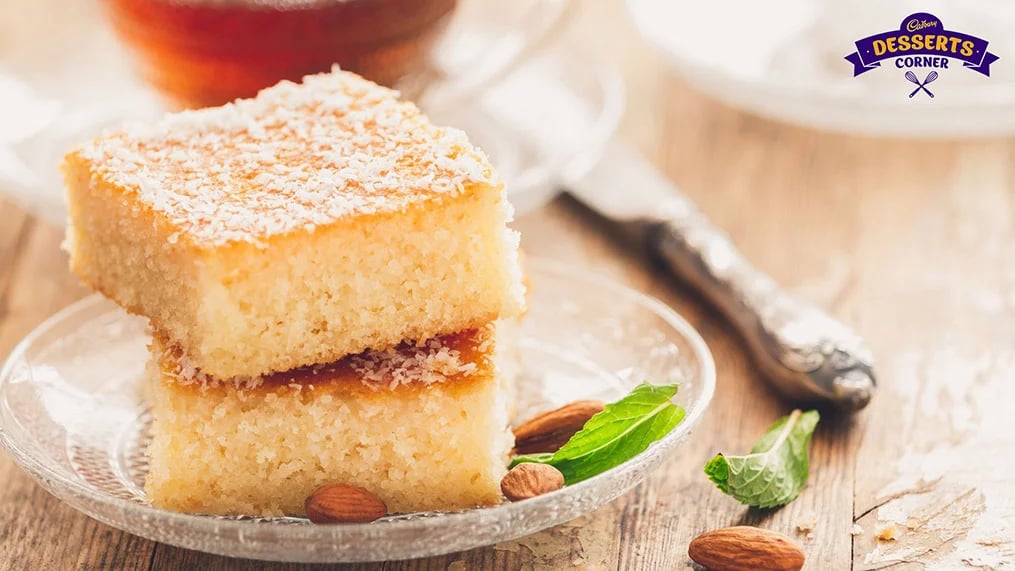
Both Turkish Revani and Greek Ravani share similar ingredients like semolina flour, sugar, eggs, and sweet sugar syrup. However, there are slight distinctions between each version that affect the flavor and texture of the Ravani.
Turkish Revani incorporates yogurt into the cake batter mixture, distinguishing it from the Greek version. The yogurt adds moisture and a subtle tanginess to the dessert. The syrup used to soak Turkish Revani is typically a simple mixture of sugar, water, and lemon juice or orange blossom water. This syrup complements the flavors in the cake but does not overpower it. Turkish Revani is enjoyed year-round but may be especially popular during breakfast and a great accompaniment with Turkish coffee.
As for the Greek Ravani, it stands out from its Turkish counterpart through its use of honey in the syrup. Rather than a simple syrup of sugar and citrus, Greek Ravani is soaked in a syrup made richer by infused honey. This lends the dessert a more complex flavor profile. Ravani is an integral part of Greek Easter celebrations. Alongside dishes like lamb and red-dyed eggs, Ravani provides the dessert that is served during meals or after them. The honey-sweetened syrup perfectly complements traditional Greek versions of the cake, which may include additions like dried fruits.
Like This Article?
More Like This



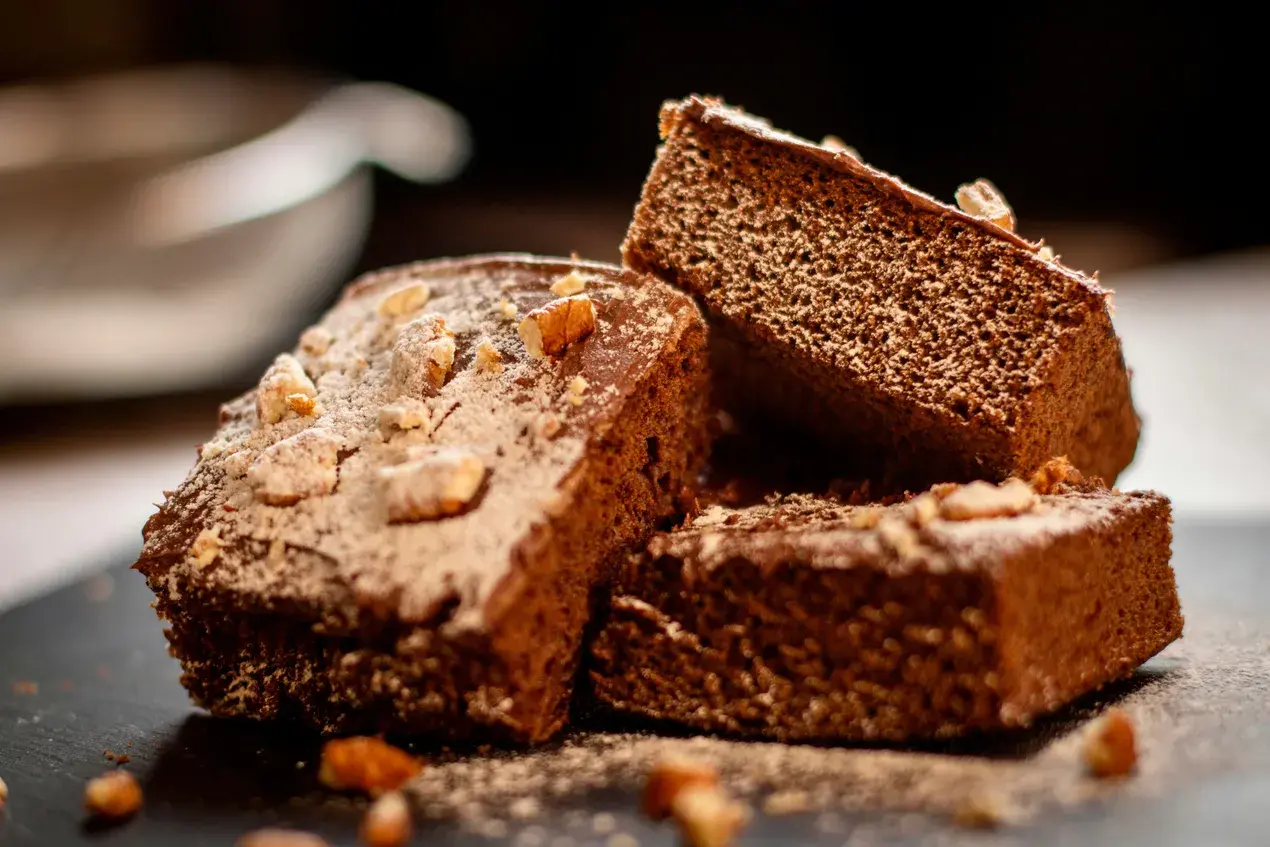
Popular Articles





Trending Web Stories
Curated Recipes

